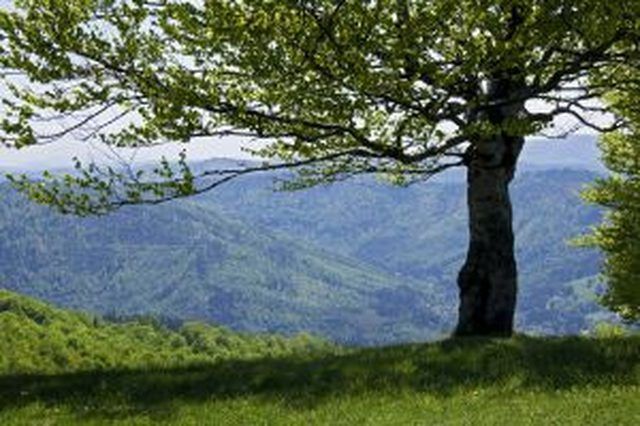Bulbs
Flower Basics
Flower Beds & Specialty Gardens
Flower Garden
Garden Furniture
Garden Gnomes
Garden Seeds
Garden Sheds
Garden Statues
Garden Tools & Supplies
Gardening Basics
Green & Organic
Groundcovers & Vines
Growing Annuals
Growing Basil
Growing Beans
Growing Berries
Growing Blueberries
Growing Cactus
Growing Corn
Growing Cotton
Growing Edibles
Growing Flowers
Growing Garlic
Growing Grapes
Growing Grass
Growing Herbs
Growing Jasmine
Growing Mint
Growing Mushrooms
Orchids
Growing Peanuts
Growing Perennials
Growing Plants
Growing Rosemary
Growing Roses
Growing Strawberries
Growing Sunflowers
Growing Thyme
Growing Tomatoes
Growing Tulips
Growing Vegetables
Herb Basics
Herb Garden
Indoor Growing
Landscaping Basics
Landscaping Patios
Landscaping Plants
Landscaping Shrubs
Landscaping Trees
Landscaping Walks & Pathways
Lawn Basics
Lawn Maintenance
Lawn Mowers
Lawn Ornaments
Lawn Planting
Lawn Tools
Outdoor Growing
Overall Landscape Planning
Pests, Weeds & Problems
Plant Basics
Rock Garden
Rose Garden
Shrubs
Soil
Specialty Gardens
Trees
Vegetable Garden
Yard Maintenance
Factors Affecting the Ecosystem
Factors Affecting the Ecosystem. Ecosystems are dynamic. Change occurs constantly to adapt to stresses and pressures in a process referred to as ecological succession. Over time, ecosystems reach a state of stability or climax. However, that stability is constantly tested. Living and non-living factors can impact ecosystems. Human activities such...

Ecosystems are dynamic. Change occurs constantly to adapt to stresses and pressures in a process referred to as ecological succession. Over time, ecosystems reach a state of stability or climax. However, that stability is constantly tested. Living and non-living factors can impact ecosystems. Human activities such as urbanization and development can encroach or destroy ecosystems. Extreme weather conditions such as flooding or drought can challenge an ecosystem's ability to adapt.
Significance
An ecosystem is a natural system of energy production and nutrient regeneration that includes all the life forms functioning with the non-living components as a unit. Three components make up an ecosystem: the producers, consumers, and the abiotic or non-living matter. All ecosystems function with these components. Producers are the plants of a community. Capturing light energy from the sun, plants produce food and release oxygen into the air. Consumers use the food plants produce, eventually decompose it for recycling with the system. Abiotic elements include inactive or dead organic matter that provides the underlying structure for the community.
Types
The types of ecosystems can be classified into broad categories of grasslands, deserts, forests, tundra, freshwater and marine ecosystems. Within each broad class are more well-defined systems. For example, grasslands can further be divided into tall-grass, mixed-grass, and short-grass prairies. Forests include coniferous, temperate, and tropical forests, each of which can be classified further sub-divided based on other factors including soil and climate. Let's look at temperate forests and factors affecting it.
Identification
Disturbance can come from natural or human disturbance. Most of a forest's mass is above ground, making it vulnerable to external factors. Wind and weather damage can be especially hard on diseased or weakened trees. Animal damage and insect infestation can change community structure if plants cannot adapt. Fire caused by lightning can alter forest composition by favoring species that are fire-resistant.
No factor can impact forest more radically or quickly than humans. According to the National Wildlife Federation, 100 species of plants and animals become extinct each day because of deforestation. Development and cultivation have affected every major ecosystem. Fragmentation of ecosystems impacts the wildlife, which can cause extinction of species dependent on large tracts of habitat.
Potential
Another factor affecting the forest ecosystem is the forest itself. Plants and trees can alter the chemistry of the soil and influence the plant base. Pines, for example, create acidic soil that limits the plants that can live on the forest floor. As trees mature, they alter the canopy layer, thereby, changing the soil temperature. Seeds requiring a higher temperature may not be able to germinate.
Considerations
While humans have had the greatest impact, other natural factors such as weather and fire have influenced ecosystems. Factors within the ecosystem itself have also driven change by altering the community composition. The key to the survival of ecosystems is the ability to adapt. If an ecosystem can maintain balance, it will survive.